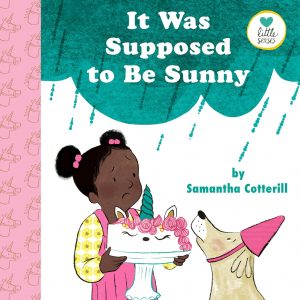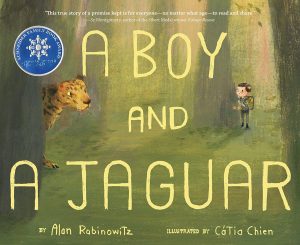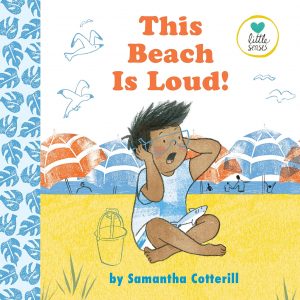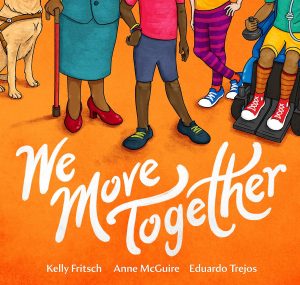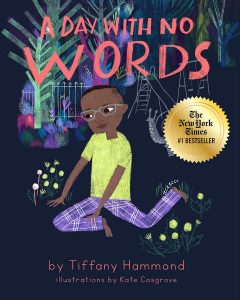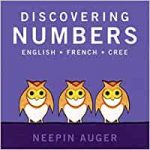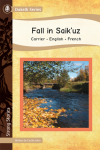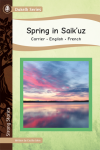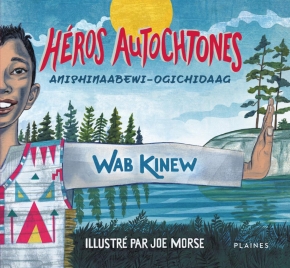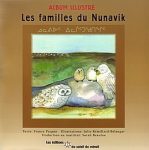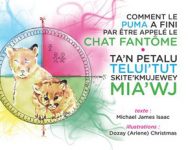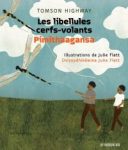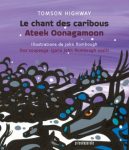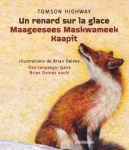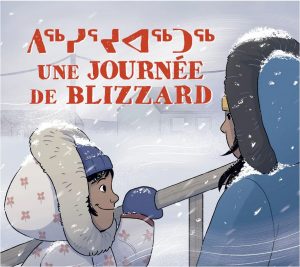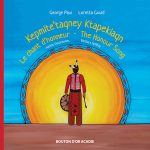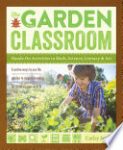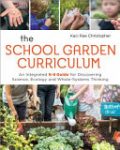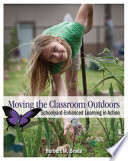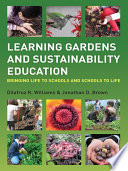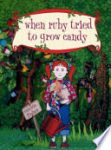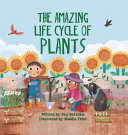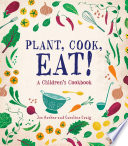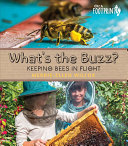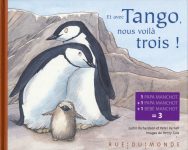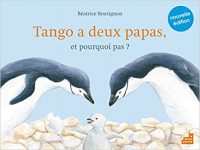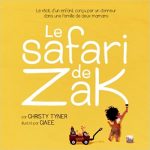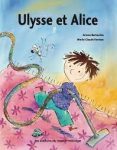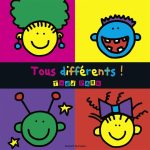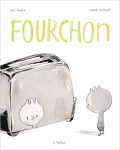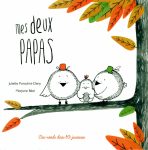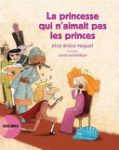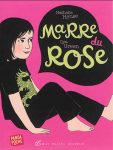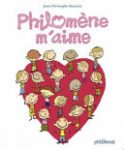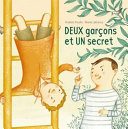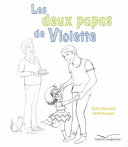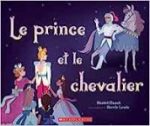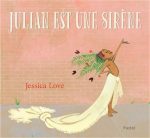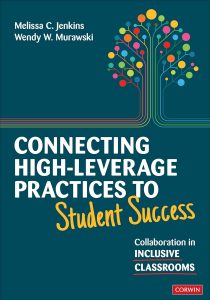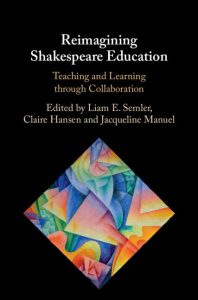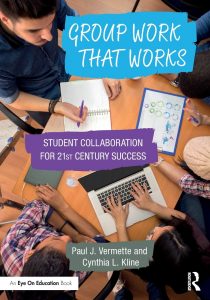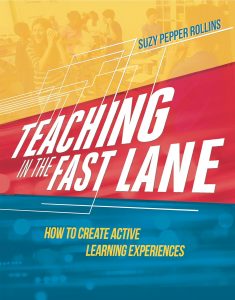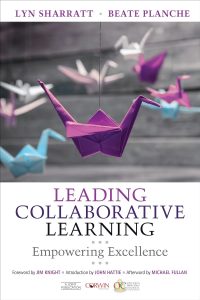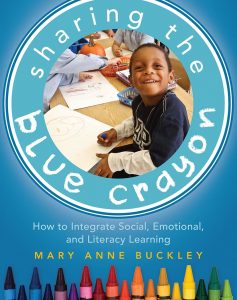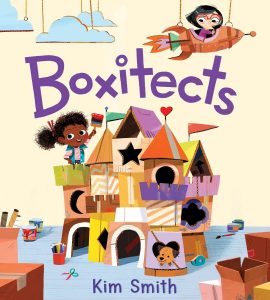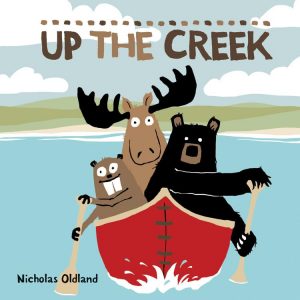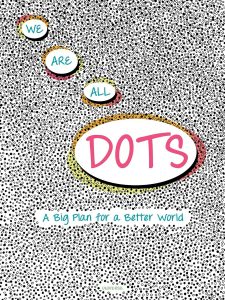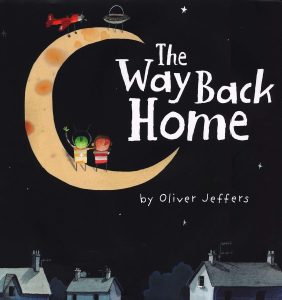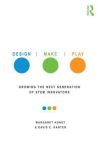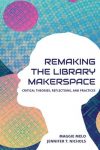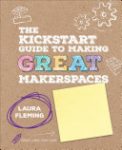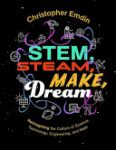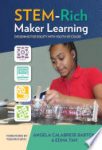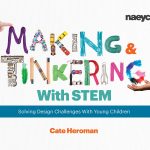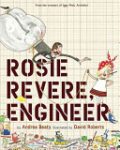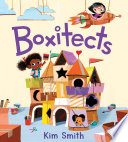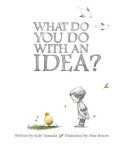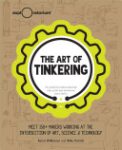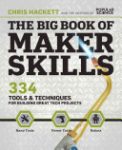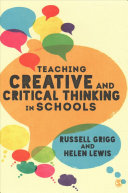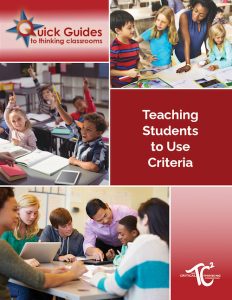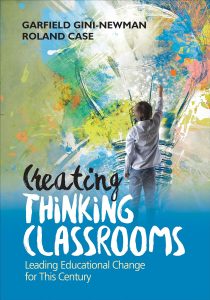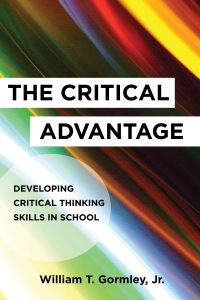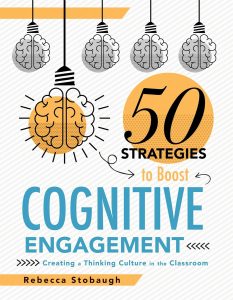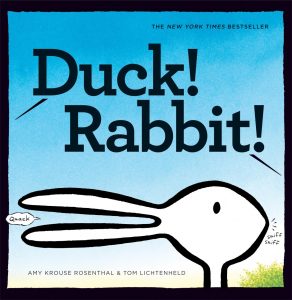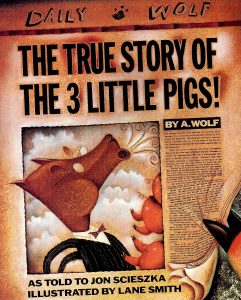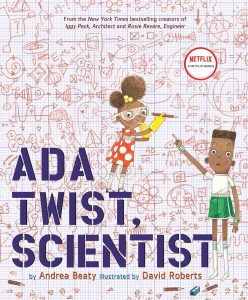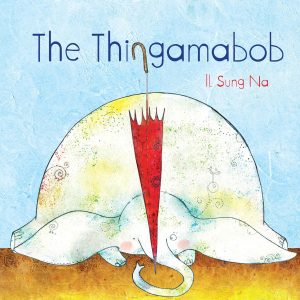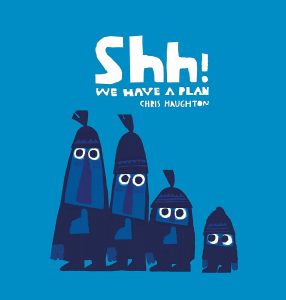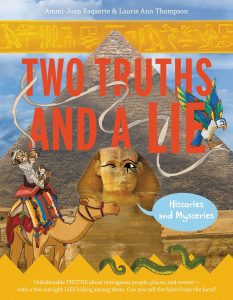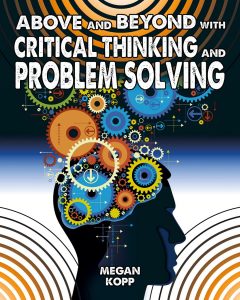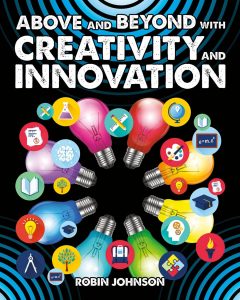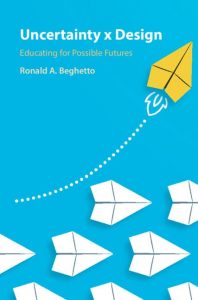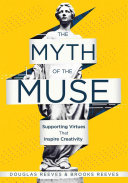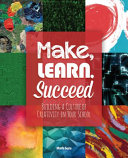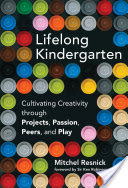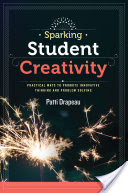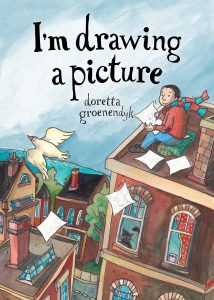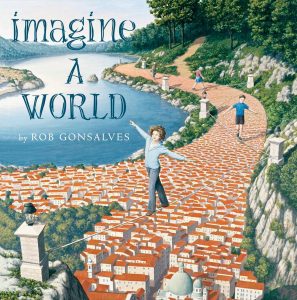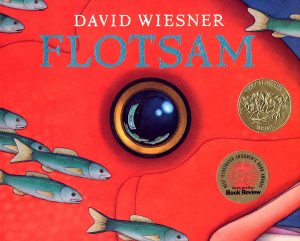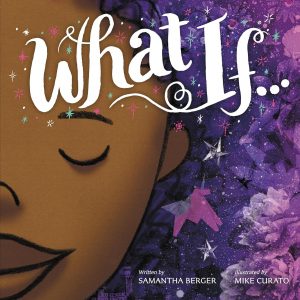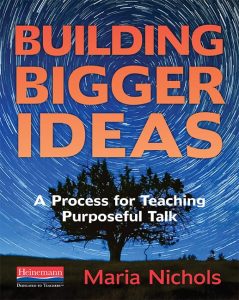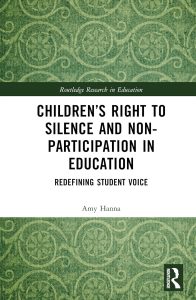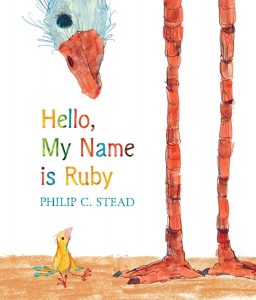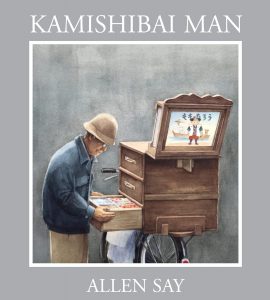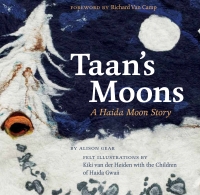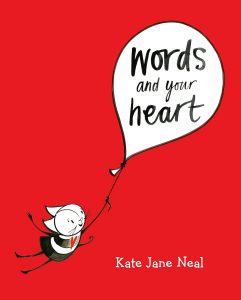Listed below are selected books and read aloud links of those materials, to give a variety of ways to experience stories of diverse representations of disabilities in children’s literature.
Vous trouverez ci-dessous une sélection de livres et de liens de lecture à haute voix de ces documents, afin de vous permettre de découvrir diverses représentations des handicaps dans la littérature pour enfants.
Picturebooks
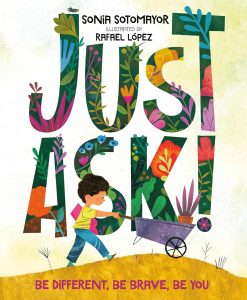 Just ask!: be different, be brave, be you,
Just ask!: be different, be brave, be you,
by Sonia Sotomayor; illustrated by Rafael López
Niveau scolaire (Grade level): Préscolaire – 3 (PreK-3)
Using her own experience as a child who was diagnosed with diabetes, Justice Sotomayor writes about children with all sorts of challenges–and looks at the special powers those kids have as well. As the kids work together to build a community garden, asking questions of each other along the way, this book encourages readers to do the same: When we come across someone who is different from us but we’re not sure why, all we have to do is Just Ask.
by Samantha Cotterill
Niveau scolaire (Grade level): Préscolaire – 2 (PreK-2)
Laila’s birthday party, perfectly planned with her autism in mind, goes awry due to a change in weather and an accident with her cake, but with the help of her mom and her service dog, Laila knows she can handle this
by Alan Rabinowitz; illustrated by Cátia Chien
Niveau scolaire (Grade level): Préscolaire – 2 (PreK-2)
The renowned cat conservationist reflects on his early childhood struggles with a speech disorder, describing how he only spoke fluently when he was communicating with animals and how he resolved at a young age to find his voice to be their advocate.
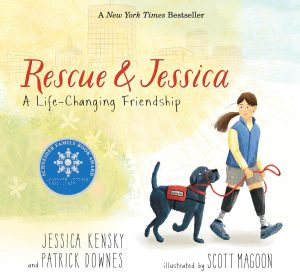 Rescue & Jessica: a life-changing friendship,
Rescue & Jessica: a life-changing friendship,
by Jessica Kensky and Patrick Downes; illustrated by Scott Magoon
Niveau scolaire (Grade level): K – 4
Rescue thought he’d grow up to be a Seeing Eye dog — it’s the family business, after all. When he gets the news that he’s better suited to being a service dog, he’s worried that he’s not up to the task. Then he meets Jessica, a girl whose life is turning out differently than the way she’d imagined it, too.
by Cece Bell; colour by David Lasky
Niveau scolaire (Grade level): 2 – 7
Starting at a new school is scary, especially with a giant hearing aid strapped to your chest! At her old school, everyone in Cece’s class was deaf. Here, she’s different. She’s sure the kids are staring at the Phonic Ear, the powerful aid that will help her hear her teacher. Too bad it also seems certain to repel potential friends.
by Samantha Cotterill
Niveau scolaire (Grade level): Préscolaire – 2
A young child refuses to try a bite of broccoli–that is, until her mom guides her through a careful exploration of the new food. First she looks, then she sniffs, then touches, and finally takes one tiny bite. What do you know? Broccoli isn’t so overwhelming after all!
by Samantha Cotterill
Niveau scolaire (Grade level): Préscolaire – 2
Going to the beach is exciting. But it can also be busy. And loud. Sand can feel hot or itchy or sticky…and it gets everywhere! A sensitive boy gets overwhelmed by all the sights, sounds, and sensations at the beach. Luckily, this kiddo’s dad has a trick up his sleeve to help his son face these unexpected obstacles.
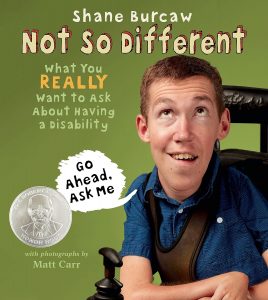 Not so different: what you really want to ask about having a disability,
Not so different: what you really want to ask about having a disability,
by Shane Burcaw; with photographs by Matt Carr
Niveau scolaire (Grade level): K – 4
A picture book answering the questions young children ask Shane Burcaw about his wheelchair and life with Spinal Muscular Atrophy with equal parts optimism, humor, and empathy.
by Kimberly Garvin, Saadiq Wicks; design and illustration by ATH Arts Worldwide; editor: Hamishe Randall; illustration & layout: Anthony Tyrone Howard
Niveau scolaire (Grade level): K – 3
A heartfelt story about a young boy who struggles to overcome his stutter while finding the courage to accept it, When Oliver Speaks is the story of an underdog who learns to rise. The story comes from a place of personal experience in that co-author Saadiq is a person who stutters and has done so for as long as he could speak.
by Kelly Fritsch, Anne McGuire; illustrated by Eduardo Trejos
Niveau scolaire (Grade level): K – 4
A bold and colorful exploration of all the ways that people navigate through the spaces around them, and a celebration of the relationships we build along the way. We Move Together follows a mixed-ability group of kids as they creatively negotiate everyday barriers, and find joy and connection in disability culture and community.
 Rolling through life with Mommy,
Rolling through life with Mommy,
by Talisha Grzyb; illustrated by Winda Mulyasari
Niveau scolaire (Grade level): Préscolaire – 1
There are millions of parents but not all of them have a story like Mommy TaLisha. Her three sons take us on an adventure of a day in the life of a wheelchair-bound mother. It shows a new perspective of a struggle many endure but now in the eyes of their children.
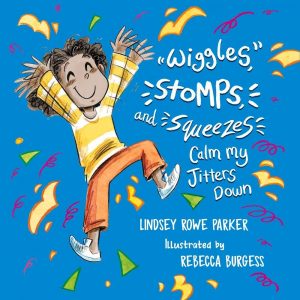 Wiggles, stomps, and squeezes calm my jitters down,
Wiggles, stomps, and squeezes calm my jitters down,
by Lindsey Rowe Parker; illustrated by Rebecca Burgess
Niveau scolaire (Grade level): K – 2
The vibration in her feet when she runs, the tap-tap-tap of her fork on the table at mealtime, the trickle of cool water running over her hands — these are the things that calm her jitters down. This book is for anyone who has ever felt the need for a wiggle, stomp, or squeeze!
by Tiffany Hammond; illustrations by Kate Cosgrove
Niveau scolaire (Grade level): K – 5
Young children will learn what life can look like for an autistic child who uses nonverbal communication by following a mother and child on a day where they use a tablet to communicate with others.
Trouver d’autres ressources
Voici quelques conseils pour trouver d’autres ressources dans ce domaine :
- Sur la page principale du site de la bibliothèque de l’UBC, utilisez la boîte de recherche générale pour rechercher des matériaux à travers toutes les succursales de la bibliothèque de l’UBC.
- Pour limiter vos résultats aux matériels disponibles à la Bibliothèque de l’éducation, visitez le site web de la Bibliothèque de l’éducation et effectuez une recherche à l’aide de la case “Search Education Resources” située dans la bande à gauche de l’écran.
- Remarque : les ressources étant principalement cataloguées en anglais, les termes ci-dessous donnent généralement plus de résultats que les recherches effectuées en français. Vous pouvez filtrer votre liste de résultats par langue dans la barre latérale de gauche.
- Utilisez des termes de recherche spécifiques, tels que
- “people with disabilities”, “individual differences”, “senses and sensation”, “sensitivity” AND “picture books for children” AND “ emotions”, ou “children with disabilities”.
- Pour trouver des plans de cours, incluez “lesson plans”, “lesson planning”, or “activity programs” dans vos termes de recherche.
Finding More Resources
To find more resources in this area, try the following:
- Search using the General tab on the UBC Library website to look for material in all UBC Library branches.
- Search using “Search Education Resources” box in the left hand bar on the Education Library website to limit your results to physical materials in the Education Library.
- Use specific search terms, such as
- “people with disabilities”, “individual differences”, “senses and sensation”, “sensitivity” AND “picture books for children” AND “ emotions”, and “children with disabilities”.
- To find lesson plans, include “lesson plans”, “lesson planning”, or “activity programs” in your search terms.
